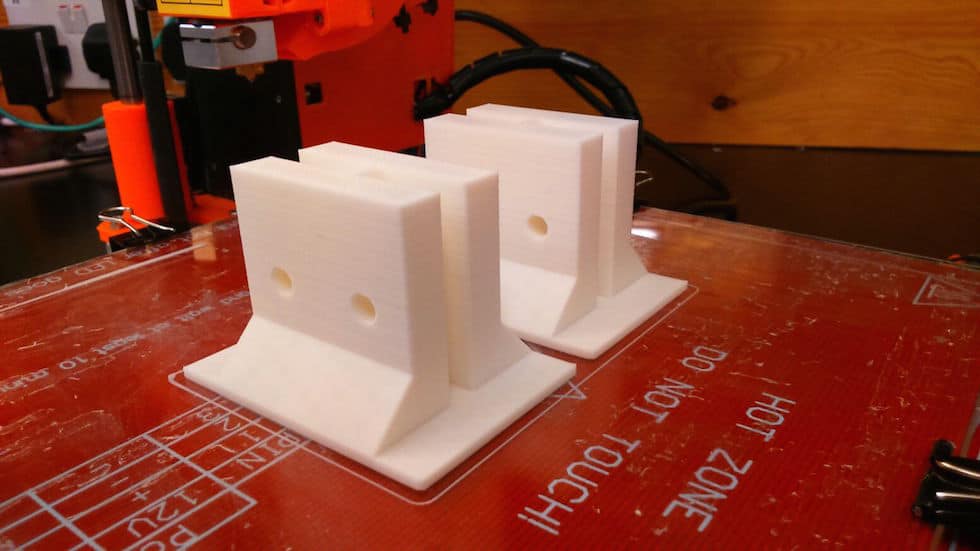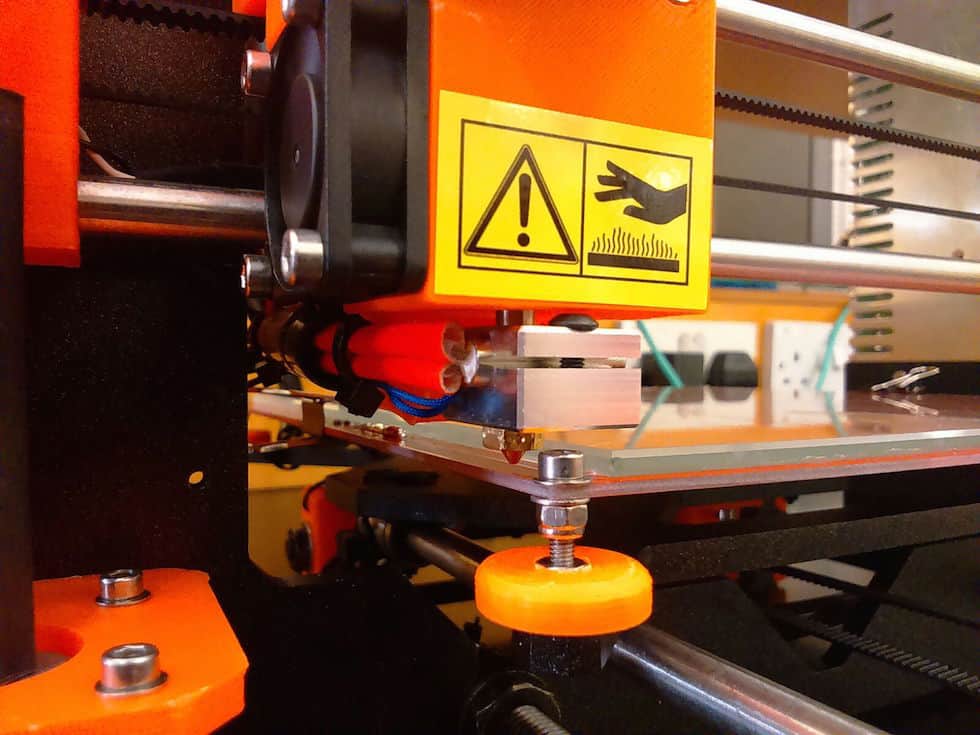
The fourth year Mechanical Engineering (MEng) students made various mechanical modifications to a functional desktop 3D printer to make it portable - allowing it to collapse into a suitcase with a handle and wheels.
The students adapted the printer for use without mains power or laptop or PC, thereby making it fully transportable. The printer was used to print various items including the actual mechanism that was used in allowing the printer to be folded into the suitcase.
Other items included a set of teeth to demonstrate the medical benefits of the 3D printer and an enclosed screw bearing. The students also used their printer to create a set of cutlery to demonstrate the principle that the printer may have applications in humanitarian situations.
The printer is housed in two laminate foam layers within an MDF suitcase to protect it from transport damages and moisture. When folded down, the suitcase is easily transported and resembles a normal luggage case.
Leicester student Jay Vinda told Student Engineer that in order to produce a part the printer must be fed instructions in the form of G-code.
“Luckily it is possible to produce the instructions in G-code format from an STL file by using Slic3r,” Jay said. “STL files can be downloaded directly from Thingiverse or 3D models can be saved as a .stl file on Solidworks. Slic3r will convert the 3D model into a set of instructions on a layer-by-layer basis and save this as a G-code file, which can then be saved onto an SD card. The SD card can be read by the 3D printer using the LCD screen that comes with the printer.”
Jay added that the printer has so far only been used for printing using PLA.
“It is however based on a desktop printer whose specification also states that it can support; ABS, PET, HIPS, Nylon and some others too.”
Jay further explained that budget constraints restricted the team to the purchase a Li-ion charge controller that outputs a small amount of charging current.
“This means that it requires a long amount of time to charge for only an hour of usage,” said Jay. “However as this project is deemed as a prototype for the portable 3D printer it should be noted that in a commercial or business use environment a more efficient charge controller could be afforded.”

In a statement, Dr Alan Stocker, project supervisor and Senior Lecturer in Leicester University’s Department of Engineering, said: “The design process was holistic and required lateral thinking throughout. The group was aided by computer-based modelling and stress simulations to ensure that the design choices that were made were suitable.
“The students were given a specific focus on sustainability to meet current industry regulations. With this in mind they included a load-sensor, which allowed the user to precisely compare the amount of material required for a printing operation with the amount of material leftover. This addition meant that the user wasted fewer filaments which saves money and increases the emphasis on sustainability for the project.”




Swiss geoengineering start-up targets methane removal
No mention whatsoever about the effect of increased methane levels/iron chloride in the ocean on the pH and chemical properties of the ocean - are we...